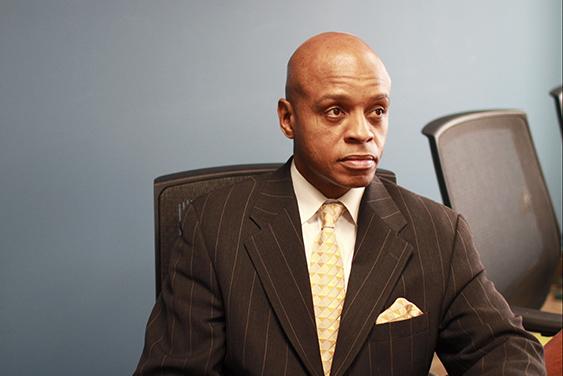GW wants to hear from students about sexual behavior on campus again.
The Office of Diversity and Inclusion and the Office of Research and Analysis are conducting their second annual survey on unwanted sexual experiences on campus. In its second year, the survey will collect feedback on the impact of recent efforts to prevent sexual assault and educate students about available resources.
Last year’s survey, which was taken by 713 graduate and undergraduate students, found that 80 percent of students do not know how to contact GW’s Title IX office and one-third of the undergraduate students who reported unwanted sexual behavior said the University’s responses to those cases were inadequate.
Questions on the survey included questions about how GW responds to reports of sexual violence, whether students have experienced specific forms of sexual harassment and violence, and whether students have participated in sexual violence prevention training at GW.
Rory Muhammad, the Title IX coordinator, said no substantive changes were made to the survey. After the results were released last February, Muhammad said he would prioritize spreading awareness about GW’s resources related to sexual assault and sexual violence. GW hired an official specifically tasked with training and prevention last March.
“There are no substantive differences in the design of this survey from the last survey, which will help the University measure progress in various areas. We expect to have results next semester,” Muhammad said.
He declined to comment on how the survey responses last year affected policy changes within the Title IX Office or how officials chose students to survey.
New students this year were required to attend stand-alone, in-person sexual assault prevention training, and 97 percent of those students completed the programming as of last month. Students lobbied for the required training and often cited statistics from last year’s survey in their efforts.
Lauren Courtney, the director of policy and community outreach of Students Against Sexual Assault, said she did not see any significant action taken by officials after last year’s survey was released.
“In terms of a legitimate action to target some of the key problems of the survey results, there really wasn’t any,” Courtney said. “The majority of GW’s response was sharing the survey results with the campus and letting the students read and interpret the results for themselves.”
Courtney said that because only about 3 percent of the student body took last year’s survey, the results may not accurately gauge the campus climate.
“Some of the results from last year’s survey weren’t necessarily representative of the scope of the larger campus,” Courtney said. “There was a very small survey and they only talked to a small group of students. And I feel as though any time there is a survey or something requesting students to share about their own personal experiences, there is always a sort of anxiety with talking about experiences of sexual violence.”
Bill Flack, an associate professor of psychology at Bucknell University who studies sexual assault on college campuses, said GW is in line with other universities around the nation in getting student feedback and making sure implemented policies are effective.
“Take an open and honest approach to finding out the extent of the problem, what the related factors are, instituting a prevention strategy based on that information, and measuring the outcome,” he said.
He added that a lot of institutions are now surveying students every year, but it may be something that is best used every two to four years, when more substantial changes could have been made by the institution.







